A Quick Look at the Moto X - Motorola's New Flagship
by Brian Klug on August 1, 2013 3:00 PM EST- Posted in
- Smartphones
- Qualcomm
- MSM8960
- Motorola
- Mobile
- Android 4.2
- Moto X
- S4 Pro
Touchless Control
Though the UI for the Moto X is indeed stock android basically everywhere ($12.5 Billion later, Google finally killed Motoblur), there are two specific software customizations on the Moto X which are chief differentiators. The first of which is touchless control, which is essentially a combination of always-listening voice command, and Google Now.
The way it works is simple – say “OK Google Now” with the phone in literally any state, and you’ll get dumped into a special Google Now prompt. It works with the phone in standby mode (screen off, powered on, but in deep sleep), or with screen on.
There’s a training initialization which asks you to say “OK Google Now” in a very quiet room three times (I had to lock myself in a bathroom for the meter to register quiet enough) to enable the feature. After that, saying OK Google Now works well and powers on the phone to this menu. Users cannot change the OK Google Now keyphrase to something custom.
For this system, Motorola uses a natural language processor (NLP) of custom design that I haven’t quite tracked down yet. This controller constantly listens on the 3 microphones onboard Moto X for the “OK Google Now” keyword, then wakes up the AP and enables the Google Now prompt. Motorola says it went with this solution to enable always-on voice without killing battery life from running the main AP all the time (which does make sense). It works surprisingly well, maybe even too well, as even after training saying “OK Google Now” can turn on every Moto X around you. Just something to be aware of.
Contextual Processor
The contextual processor powers two other features, active display, and the gesture-enabled quick capture camera.
Active display is Motorola’s solution to the constant device checking and glancing that users do to find out why a notification fired. It’s a view that sits above the lock screen and displays the last few notifications and enables you to dive into the appropriate app that triggered it. Information just appears on the display when it’s in an off state, breathing in and out when the device is face-up on a surface. Otherwise, flipping the Moto X from face down to face up will bring up the display – I can’t screenshot it, this seems to live outside Android entirely.
To get a preview, you can touch the notification, and then drag up. Dragging left or right clears notifications. Dragging up into a notification will dive into the appropriate application.
There are privacy settings to enable or disable how much information you can have displayed on the active display notification screen so this doesn’t bypass if you have a lock screen on purpose.
I leave my phone face-up on my desk instead of face down to prevent screen scratches, where and the Active Display notification screen pulses periodically with the time and when notifications come in. It works well, I just need to spend time with it.
The other contextual-powered feature is quick capture, which is the quick enter camera gesture. Hold the Moto X, flick your wrist like a screwdriver, and you’ll get popped into Motorola’s camera UI for the Moto X.
The UI is very simplified and makes some interesting choices. Tap to focus and expose is disabled by default – instead tapping anywhere captures a photo. Tap to focus can be re-enabled in the settings, which fly out from the left, but now tapping anywhere focuses on that region and captures immediately. I’m not sure if I like this change. The camera sensor is 16:9, and the preview is likewise 16:9, so there’s at least no cropping going on.
The UI includes HDR, flash control, tap to focus enable/disable, slow motion video (720p60), panorama, location tagging, shutter sound, and the flick gesture enable/disable. What’s missing is photosphere support, unfortunately. Dragging right gets you into the gallery, and there are buttons for changing to the front facing camera and taking video instead of photos. This is sort of a tweaked Android 4.2/4.3 camera UI, with stuff just moved around and photosphere removed.
I’ve done some digging around and believe that Motorola is using a TI MSP430 microcontroller for its contextual processor, as this seems to do at least sensor fusion for the different situational positions. I’m not sure if this also powers the active display functions but wouldn’t be surprised if it did.


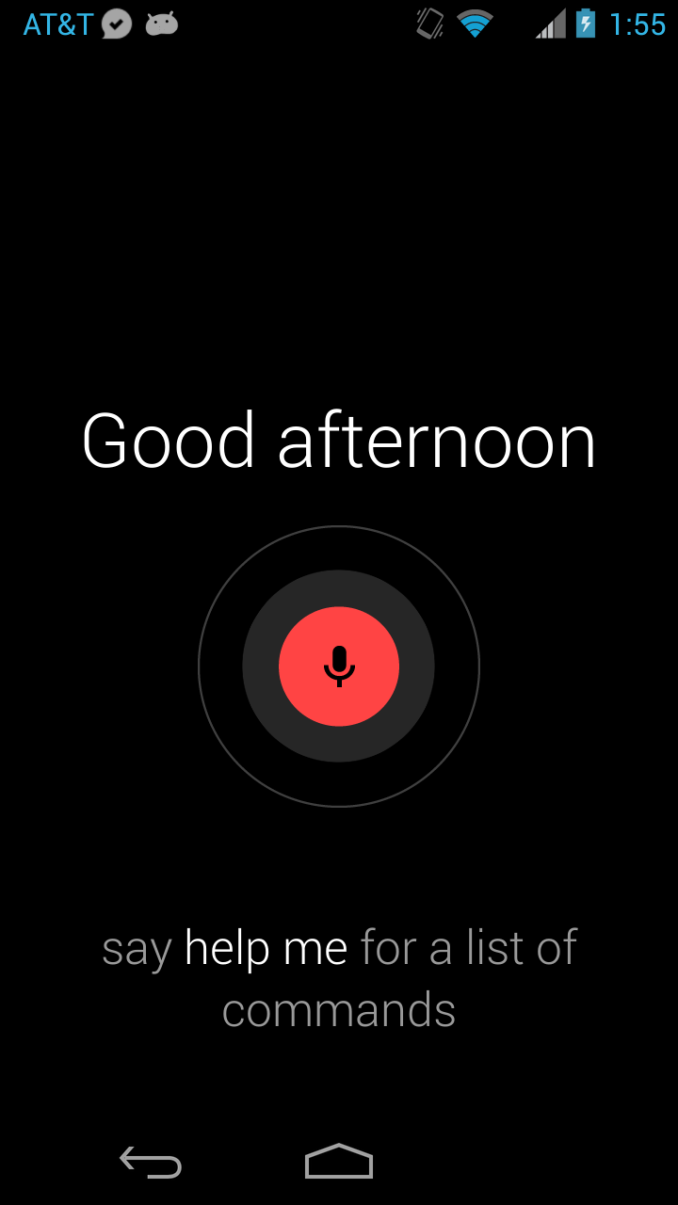
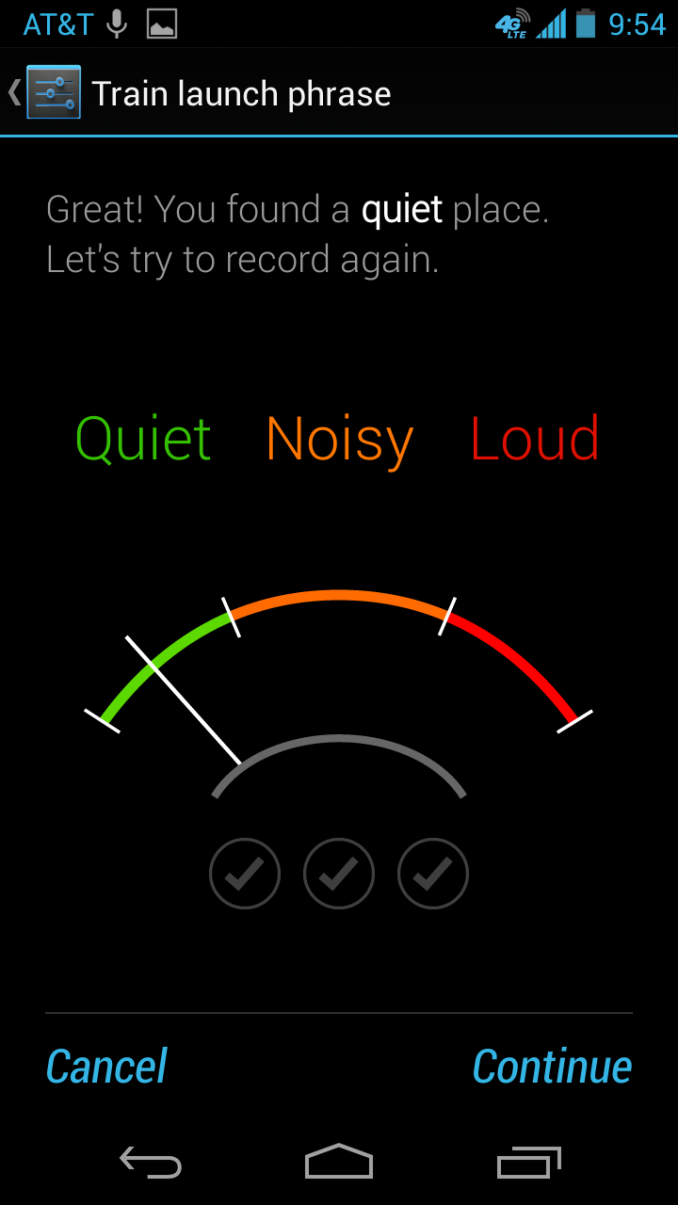
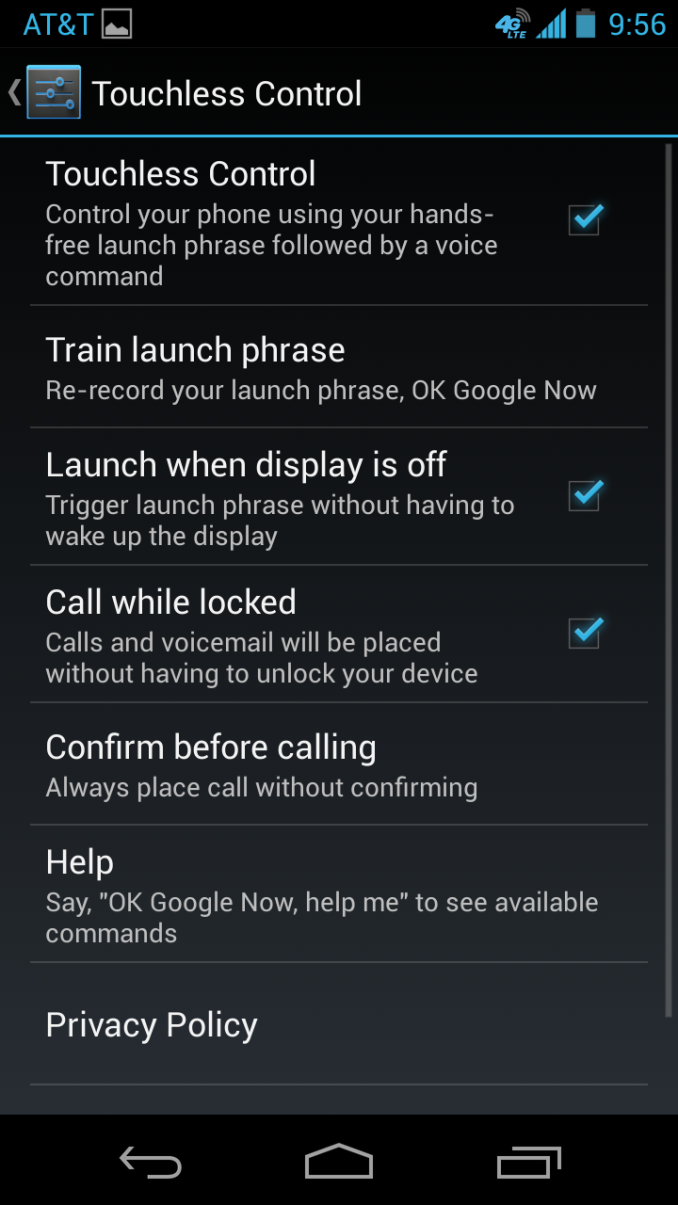
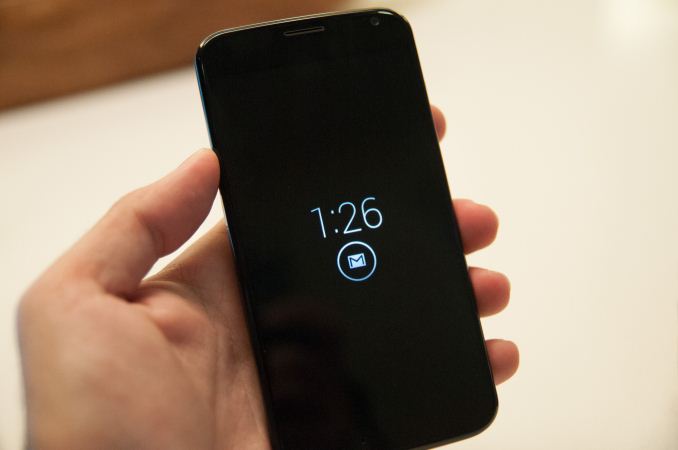
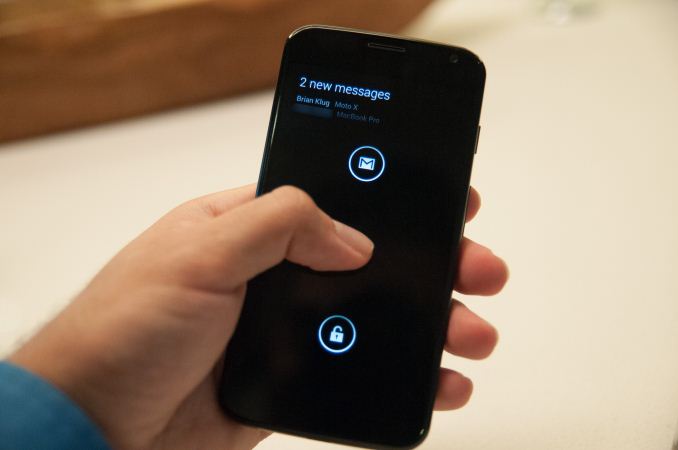
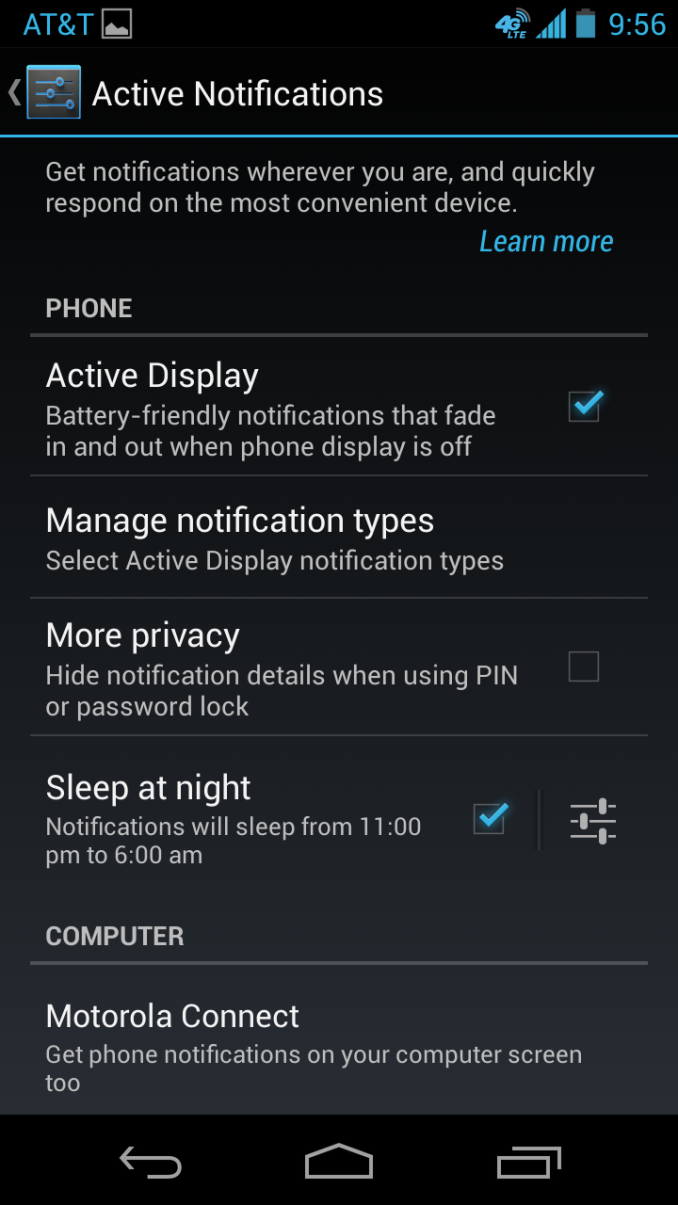
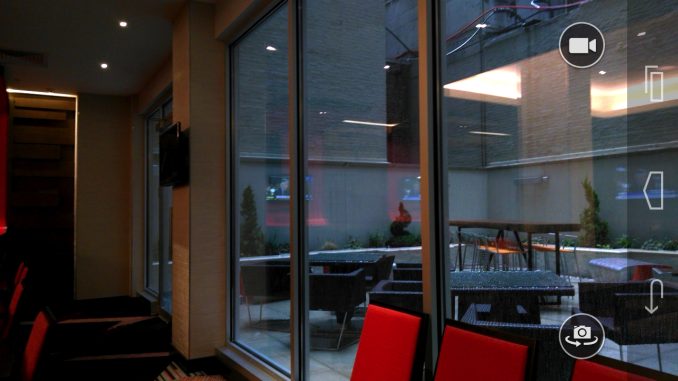
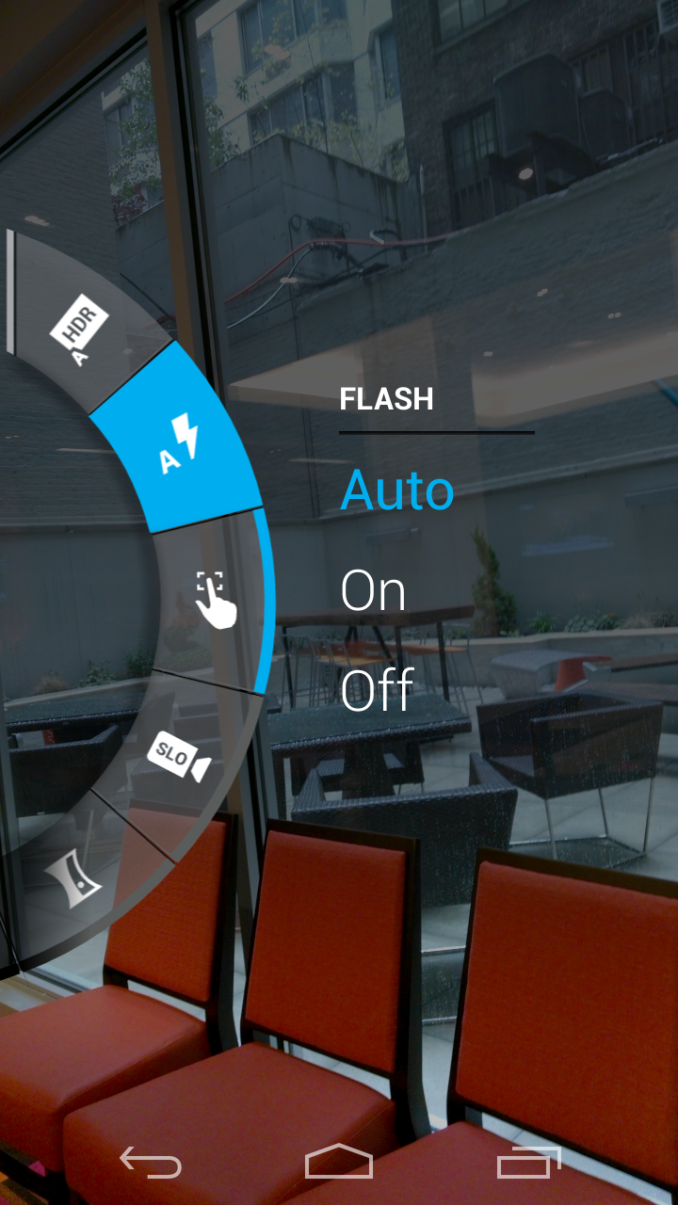








162 Comments
View All Comments
amdwilliam1985 - Friday, August 2, 2013 - link
Nicely said, I think you have the best comment in this thread.There's no point of quad-core if your phone is still stuttering. Samsung and the others should be hang for associating Android with high spec requires, can't believe how many iFans are taunting "oh look at your quad-core phones and look at it's stuttering, versus my dual core phones and running smoother".
mrochester - Wednesday, August 7, 2013 - link
Couldn't agree more :)jamesva - Friday, August 2, 2013 - link
When testing the WiFi please test how much it varies over time especially with a lot of interference. For example, how much the data rate and latency changes. This can greatly affect streaming (voice/video chatting and video/audio streaming) and large data transfers.You can test the peak transfer rate if you want but that's not really useful for most real world tasks.
mclain - Friday, August 2, 2013 - link
Yes, please add these types of WiFi tests. Only measuring averages and/or peaks is like only measuring sequential throughput of HDDs/SSDs.Death666Angel - Friday, August 2, 2013 - link
Considering the type of equipment and space you would need to correctly test that, don't think it'll happen. You'd have to have a huge area that you control so that you can produce interference in a repeatable way. And you can't do that unless you live in the desert or build yourself a nice bunker. :D And in any case, you yourself would need to know the actual conditions of the interference in your own area to draw any kind of conclusion from the tests performed. Which I doubt you can do.johnb343 - Friday, August 2, 2013 - link
Still, showing a time graph of the WiFi's stability is better than just showing the max speed they're getting using iPerf. In both cases, the interference is still unknown.jamesva - Friday, August 2, 2013 - link
Does the touchless control work if any person says "OK Google Now" or is it complex enough to lock onto your voice only? If not then can this the touchless control be completely disabled?Death666Angel - Friday, August 2, 2013 - link
From the article:"It works surprisingly well, maybe even too well, as even after training saying “OK Google Now” can turn on every Moto X around you. Just something to be aware of."
johnb343 - Friday, August 2, 2013 - link
Can it be disabled? Seems like crappy feature.chetanj - Friday, August 2, 2013 - link
Beautiful Design